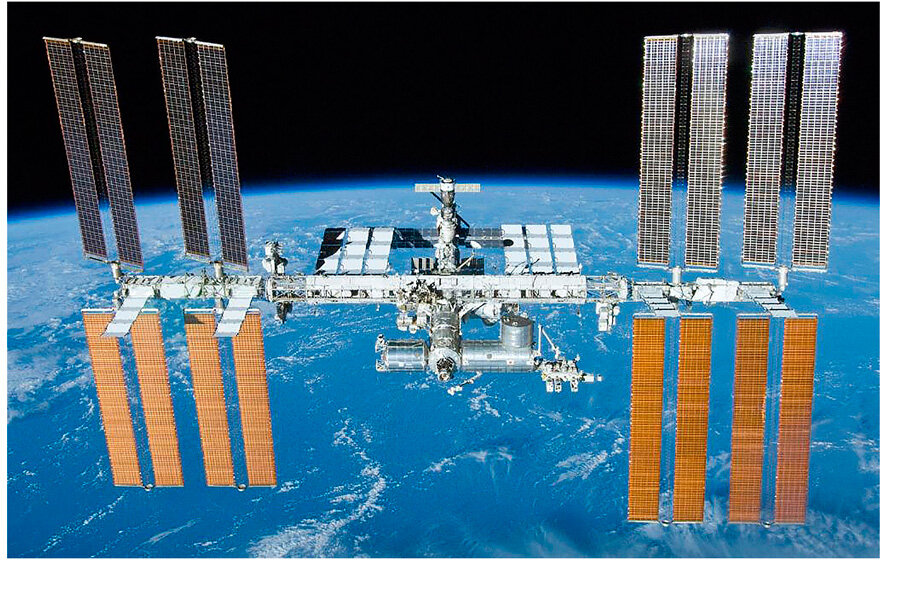How another Russian spacecraft glitch rattled the space station
Loading...
Astronauts aboard the International Space Station were caught off guard Tuesday when the entire station began to shift unexpectedly.
The engine of a docked Soyuz spacecraft suddenly started, causing it to move as the crew was testing its docking system. It was soon stabilized and no one was hurt, according to Roscosmos, the Russian space agency.
The mishap is the latest in a string of Russian spacecraft malfunctions, each relatively harmless but collectively drawing attention to a space program that many experts say is suffering from a decline in quality and management.
Three crew members were left stranded on the ISS in April after an unmanned Soyuz supply spacecraft spun out of control, losing communications and stalling plans for their return. Weeks later, another Russian rocket carrying a Mexican satellite crashed shortly after takeoff.
So why do American astronauts still continue to rely on the Russians? NASA ended the Space Shuttle program in 2011 to redirect its resources toward the Space Launch System, and an eventual mission to Mars. Since the Space Shuttle's retirement, NASA has paid Roscosmos $70.7 million per seat on Russian spacecraft traveling to the International Space Station. The agency will continue to do so into 2016, according to a deal struck in 2013.
But some experts say Americans should stop using Soviet-era spaceships, if not for technical reasons, for the sake of national security.
First at issue is the poor quality control, former Russian space official Konstantin Kreidenko told Associated Press. “It's a personnel problem above all.”
Worsening Russian and Americas relations may have also rendered the agreement less politically and economically viable. “It is time to end America's reliance on Russia's rocket engine,” national security experts Mike Rogers and Ellen Tauscher argued in a CNN op-ed. “Assured access to space is an area where the US should not be reliant on non-secure foreign supply chains, which are subject to disruption, threats, unfavorable contracts, and undue leverage against the interests of the US."
They pointed to remarks made by Dmitry Rogozin, a Russian Deputy Prime Minister in charge of national defense and space industries, who called American funds "free money" that is allocated directly to Russia's own missile development initiatives.
But it's unlikely that the US will have to go without its own crewed spacecraft for much longer.
Americans are looking to the two private companies that have teamed with NASA to provide spaceflight solutions from US soil: United Launch Alliance, owned by Lockheed Martin and Boeing, and SpaceX. NASA is looking to begin ferrying its own astronauts to the space station again in 2017, and announced its partnership with both companies in September.
SpaceX has so far conducted seven successful cargo flights, and the first crewed test flight is not scheduled to take place for another “two to three years” or after an estimated 50 flights, according to the company. Spectators watched online in May as its Crew Dragon capsule showed signs of promise, passing its first flight hurdle in an accelerated launch test. The next step scheduled for later this year, known as the in-flight abort test, will assess whether the capsule is able to detach from the rocket.
Boeing is also planning to carry out two test flights in 2017. The CST-100, a stark white, orange, and gray capsule with plush recliner seats and ambient lighting, will make orbital flights both with and without passengers.
Lastly, NASA's own Orion capsule completed its first successful flight test in December, traveling more than 15 times farther than the International Space Station. In 2017, it will have its first launch from the Space Launch System rocket, "more powerful than any rocket ever built," according to the agency.






